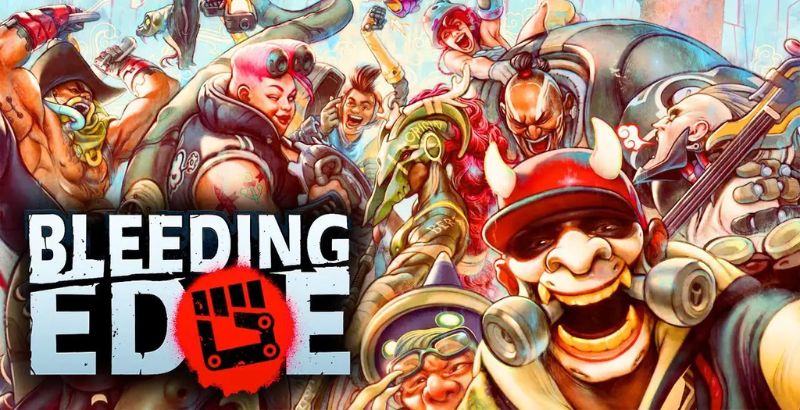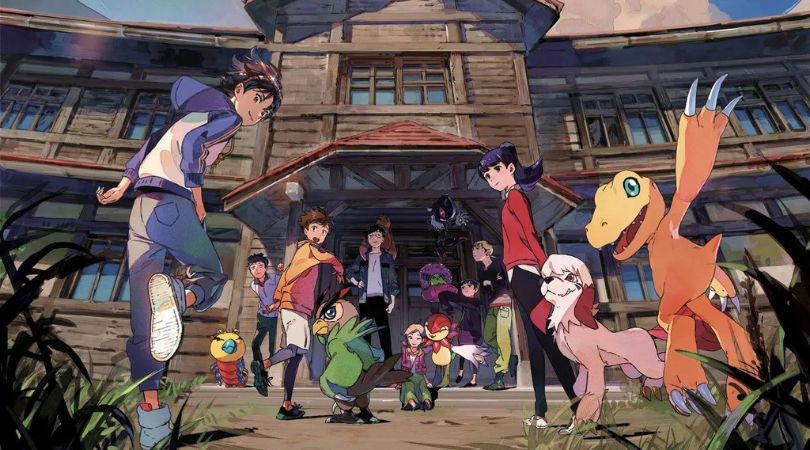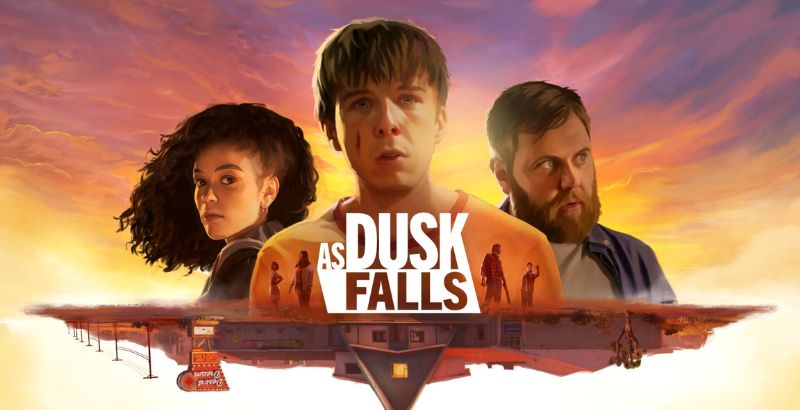
Ninja Theory is a studio that isn’t afraid to take risks and try new things with titles like the critically acclaimed Hellblade: Senua’s Sacrifice as well as the extremely divisive reboot of the Devil May Cry series DmC: Devil May Cry. Unfortunately, their newest title Bleeding Edge doesn’t bring anything much to the table, and what it does bring isn’t a satisfying experience in any regard. Its only saving grace is its colorful cast of characters who are all bursting with personality and have very unique skills and abilities specific to them. But, they’re sadly not enough to save the whole experience from feeling dull and uninspired. In the already well-equipped world of objective-based multiplayer titles, Bleeding Edge is in need of a life-saving transfusion if it has any hope of survival.
Bleeding Edge is in the same ilk of highly successful titles like Overwatch and Team Fortress 2. At launch, there are two different game modes available: Objective Control and Power Collection. Objective Control is exactly what it sounds like and finds players converging on control points in order to claim them for longer periods of time than the opposing team. Power Collection sees players delivering collectible nodes to specific locations on the map within an allotted time period before they close and then relocate. With there being only two game types though, it means you’ll see just about everything Bleeding Edge has to offer within just a few matches. The maps also aren’t even varied enough to make playing theses different game types feel all that fresh or exciting from match to match. I honestly found myself wanting more variety and being completely disappointed by the lack of content.
What does set this apart from other games like it, is its emphasis on third-person melee combat as opposed to the traditional first-person shooter formula that many titles like it employ. Unfortunately, the combos aren’t that satisfying and amount to just mashing the basic attack button and occasionally dodging to avoid attacks. Each character does have three special moves locked to a cooldown and an ultimate move that charges over time. However, these aren’t enough to truly vary the combat which usually devolves into pure chaos when all of the players converge on the same objective and the screen just becomes awash with particle effects as special moves are firing in all corners of the stage.
Don’t get me wrong, chaos in these types of games can be a lot of fun and have often garnered some of my most memorable moments during my playtimes. What Bleeding Edge fails to do is make that chaos fun and exciting in any way. I had hoped for a bit more polish and variety in the combat and that is by far my biggest disappointment as Ninja Theory has made that an emphasis in their aforementioned titles as well as in Heavenly Sword and in Enslaved: Odyssey to the West. Even DmC: Devil May Cry, which I still find myself frustrated about to this day, had a more satisfying combat system.

If there is something that Bleeding Edge excels at it would be its vibrant eleven-character roster of Fighters. As with other titles like it, the characters are classed as Damage, Support, or Tank and they’re all well-suited to their specific roles. Each Fighter also has a very striking and distinct design that accentuates their personality and their move sets also fit who they are. I did enjoy whenever there was dialogue between the various Fighters as specific characters will drop little bits of lore that does a really solid job of making the world feel lived in and establishing relationships and dynamics within the game’s cyberpunk universe. This is the one saving grace in Bleeding Edge and I only wish they had more to do and a better game to be a part of.
As someone who often sticks to healing roles, I found myself most drawn to Miko. Her entire design and ability to generate force fields and chain together healing with attacks made her the kind of character I tend to gravitate towards. I also had a lot of fun with Daemon, who is more or less the “main character,” and has an emphasis on quick powerful attacks with his katana and then turning invisible to either make an escape or to strategically maneuver around enemies.
Bleeding Edge doesn’t really do much right. In a game where the melee combat is supposed to be its bread and butter, Bleeding Edge is clunky and unsatisfying. With only two game modes at the time of this review, it doesn’t leave a lot of room for variety between each match and you’ll quickly find yourself in a cycle of rinsing and repeating until you’re left wanting more and not being offered anything else. Its characters are colorful and bursting with personality, but even they can’t save Bleeding Edge from monotony and a lack of well-implemented ideas. It only ends up proving to be extremely disappointing that these characters don’t have something more interesting game to reside in. If Ninja Theory expects to have a long-lasting hit on their hands, then there is a lot of ground that still needs to be covered. It may be a tall order, but hopefully, they can still save Bleeding Edge from being dead on arrival.
Bleeding Edge is currently available on Xbox One and Microsoft Windows.
Bleeding Edge
-
Rating - 4.5/104.5/10
TL;DR
Bleeding Edge doesn’t really do much right. In a game where the melee combat is supposed to be its bread and butter, Bleeding Edge’s is clunky and unsatisfying. With only two game modes at the time of this review, it doesn’t leave a lot of room for variety between each match and you’ll quickly find yourself in a cycle of rinsing and repeating until you’re left wanting more and not being offered anything else.






